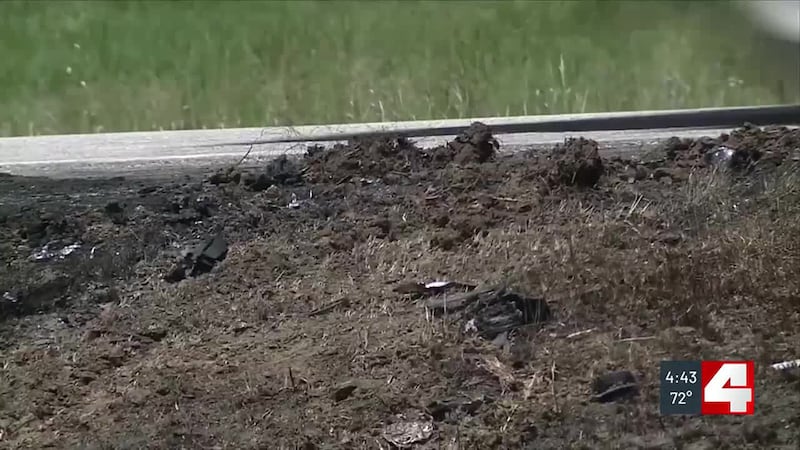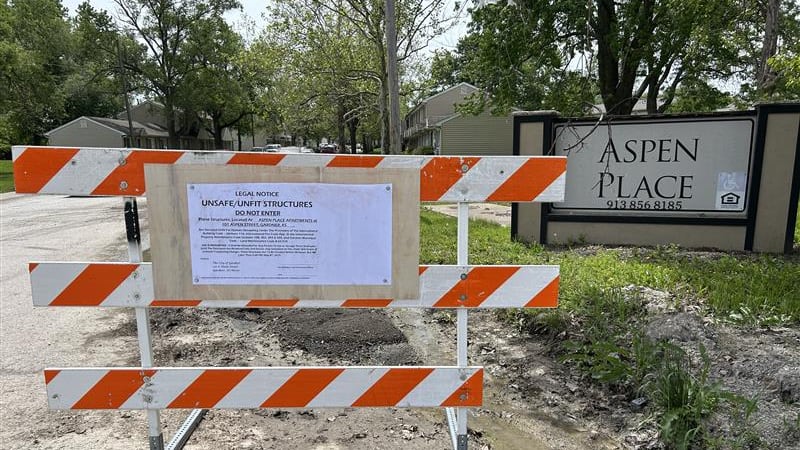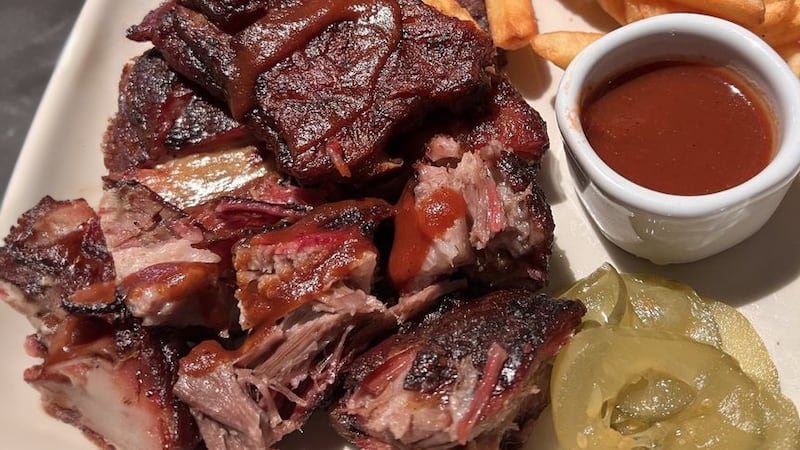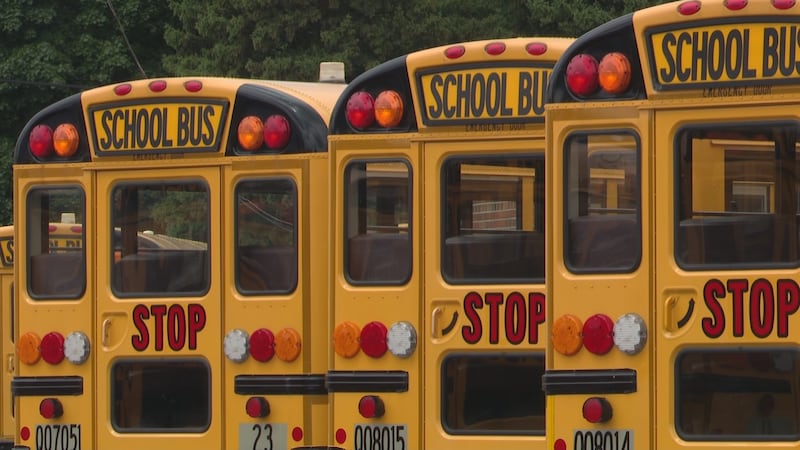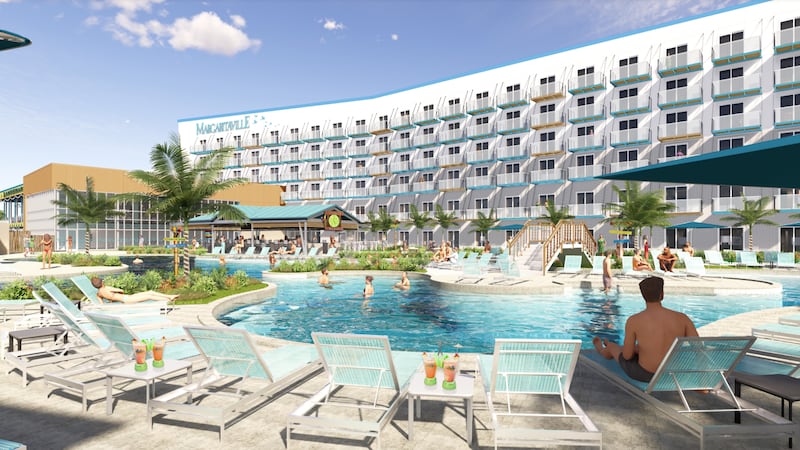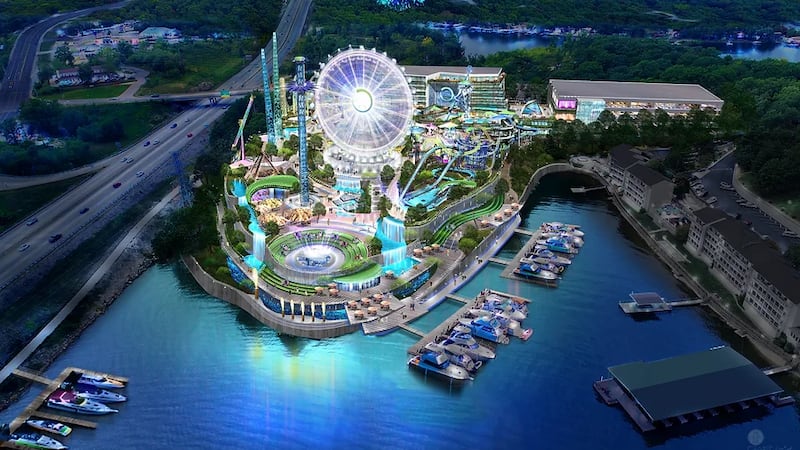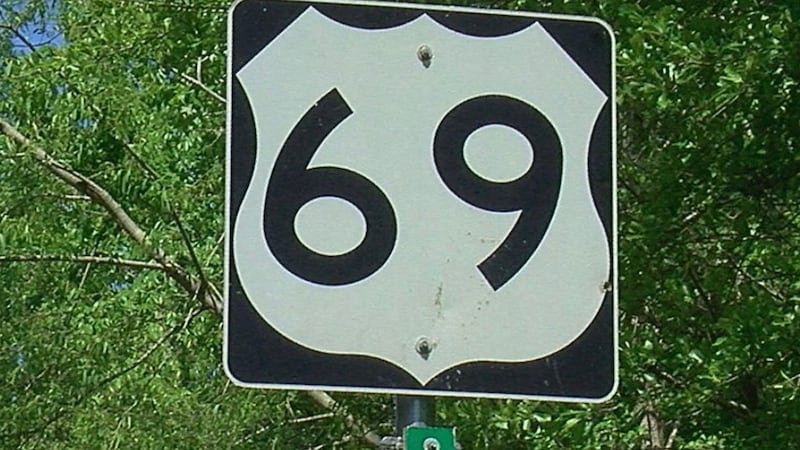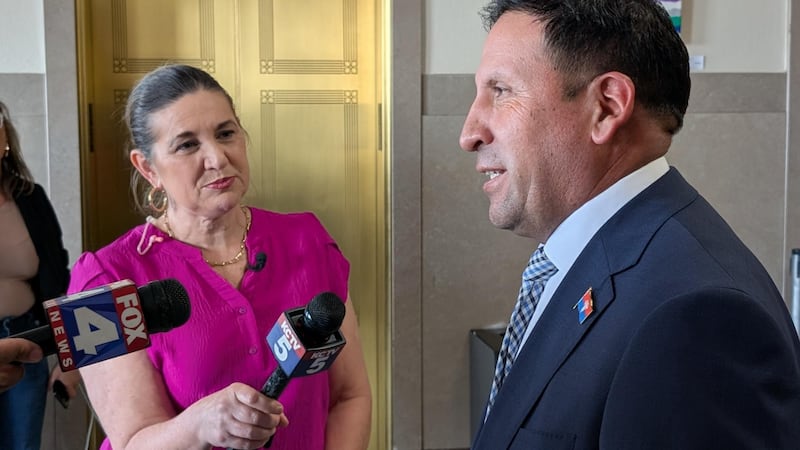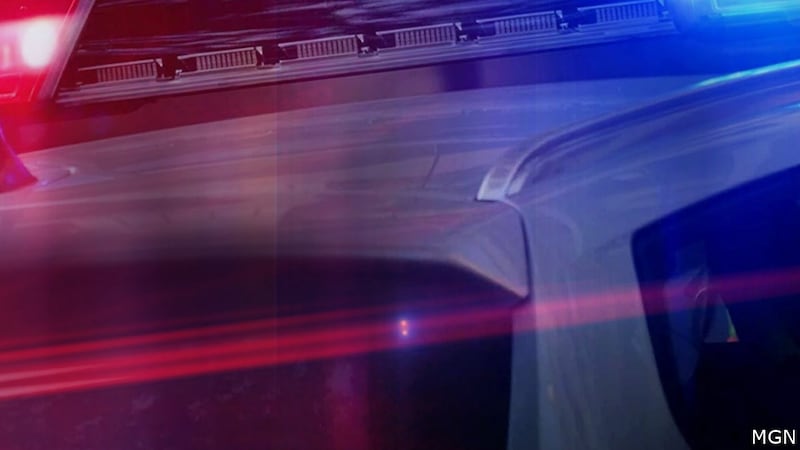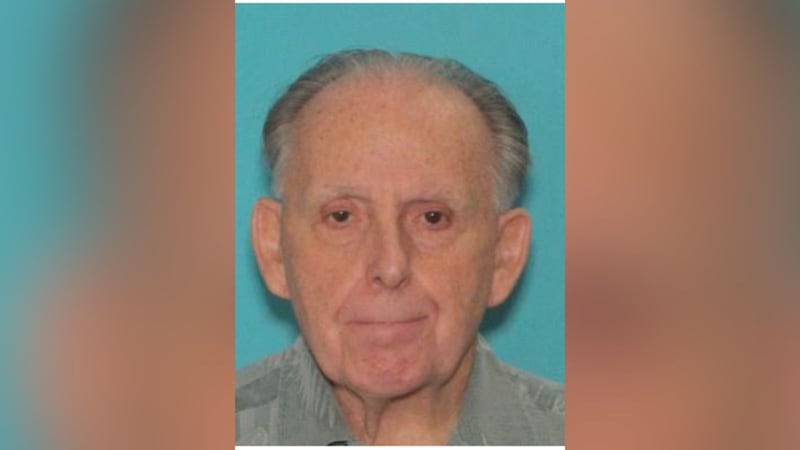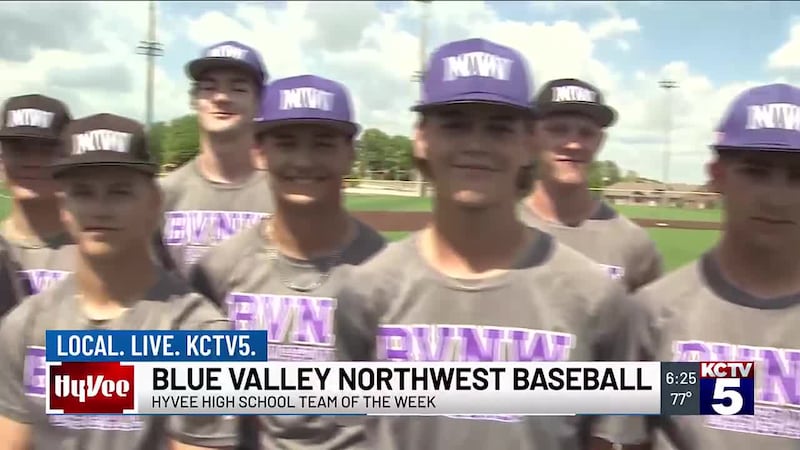D-Day Anniversary brings spotlight onto Abilene, Kansas
KANSAS CITY, Mo. (KCTV) - A military invasion unlike any other happened 80 years ago this week. June 6th, 1944 was D-Day, also known as Operation Overlord.
It’s the stuff of movies. Historians refer to it as one of history’s most significant military operations when Allied forces invaded Normandy, France. It was a turning point in the victory against Nazi Germany.
The man credited for the success of the Allied Invasion, Dwight D. Eisenhower, is from Abilene, Kansas.
If you visit Abeline, you will see Eisenhower’s legacy all around you.
Eisenhower’s boyhood home opened for tours in 1947 — visitors wanted to know more about the famous WWII general. The site is now home to the Dwight D. Eisenhower Presidential Library and Museum.
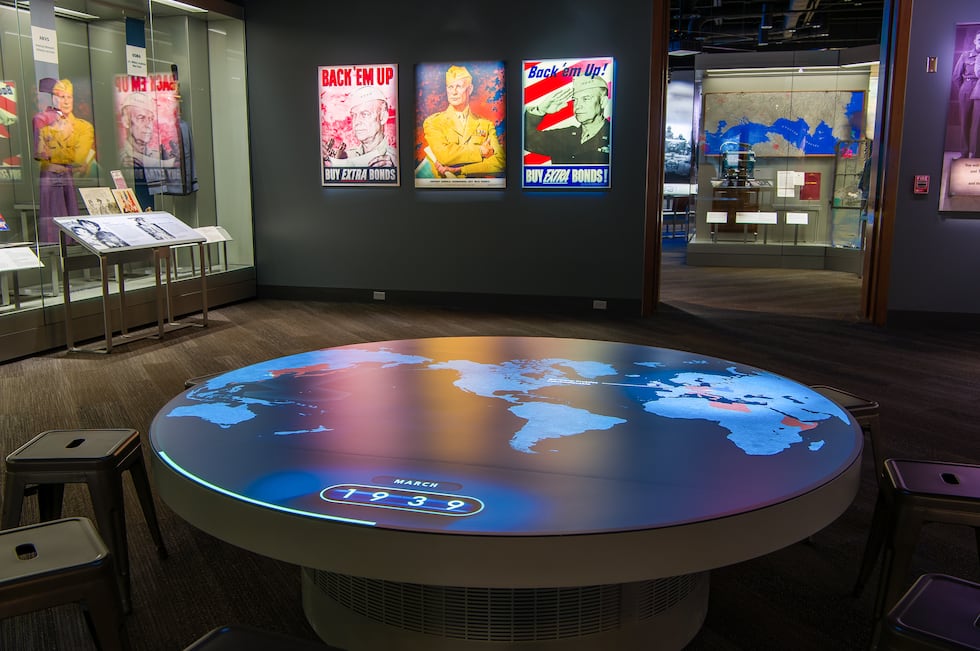
Eisenhower had a modest upbringing. He was one of six boys. “Just folks,” he once said.
“The Eisenhowers didn’t come from a lot of money and they were truly from the other side of the tracks,” said Julie Roller Weeks, the director of Tourism for Abilene.
The train tracks running through town were literally a dividing line. On the other side of the tracks from the Eisenhower home, you’ll find the Seeyle Mansion.
“Eisenhower used to deliver ice to the back door of the mansion and the Eisenhower boys went to school with the Seeyle sisters. But the Seeyle sisters couldn’t mix with those Eisenhower boys because they were from the other side of the tracks,” Roller Weeks said.
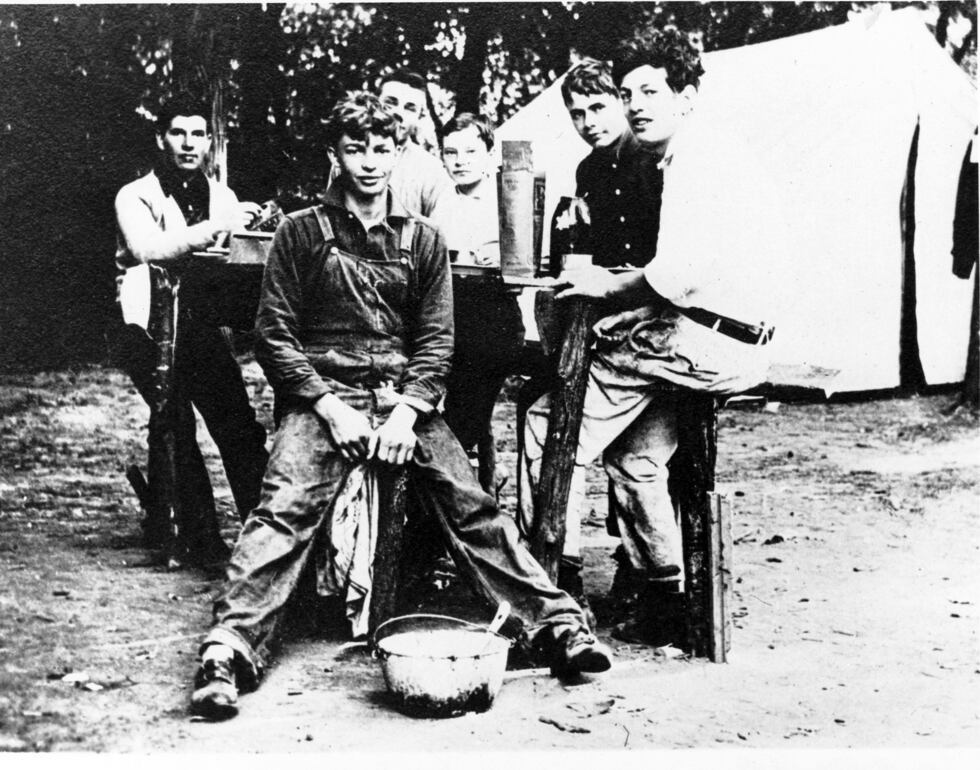
“Fast forward and the Seeyle family runs out of money,” said Roller Weeks. “The Eisenhowers ended up doing pretty well for themselves and it just tells you can’t judge a book by the cover and where you grew up does not dictate how you’re going to do in life.”
He attended West Point because it offered a free college education. He delayed going to college so that he could work to save money to help out his brother through college. His West Point graduating class has been referred to as “the class the stars fell on.” More than a third of them eventually reached the rank of general.
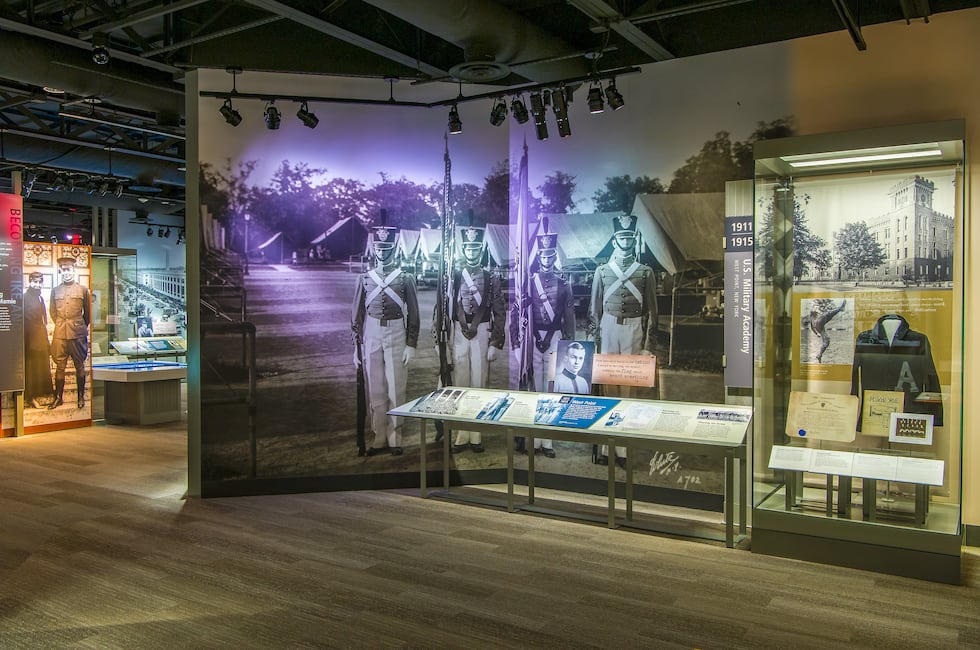
“General Eisenhower didn’t set out to be General Eisenhower when he was growing up here in Abilene,” said Dr. Jim Ginther, the Supervisory Archivist for the Eisenhower Library.
But Eisenhower’s understanding of military strategy was noticed by high-ranking officials. In WWI, he formed a close friendship with then Captain George S Passon, Jr. General Fox Conner was his mentor.
Eisenhower grew to become the Supreme Commander for the landing of the Allied Forces on the beaches of Normandy.
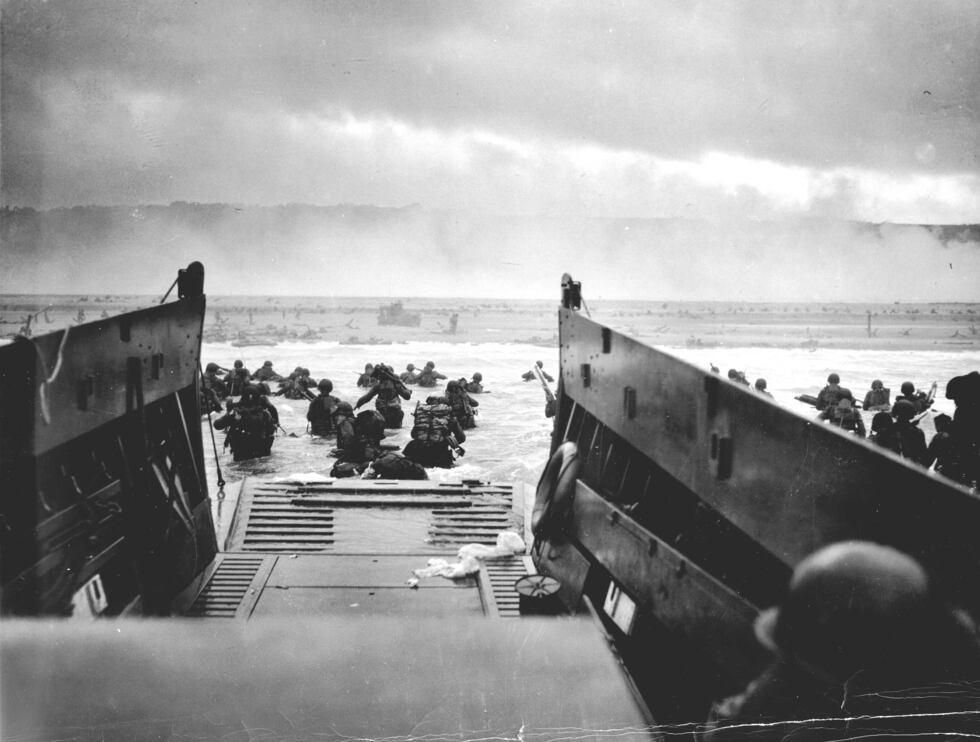
He designed an amphibious attack that was the first of its kind. It took years of planning and minute-by-minute decisions on when to execute. The combined air, naval and ground attack required specific simultaneous conditions with weather, moon and tides. It was famously delayed by a day due to predictions of bad weather.
“The failure of those landings would have set back the war effort probably by years,” said Ginther.
What was at stake — including the lives of the enlisted men involved — weighed heavily on him. He kept a letter to read if it failed. You can read the letter at the museum.
“The troops, the air and the Navy did all that bravery and devotion to duty could do. If any blame attaches to this attempt, it is mine alone,” it reads in part.
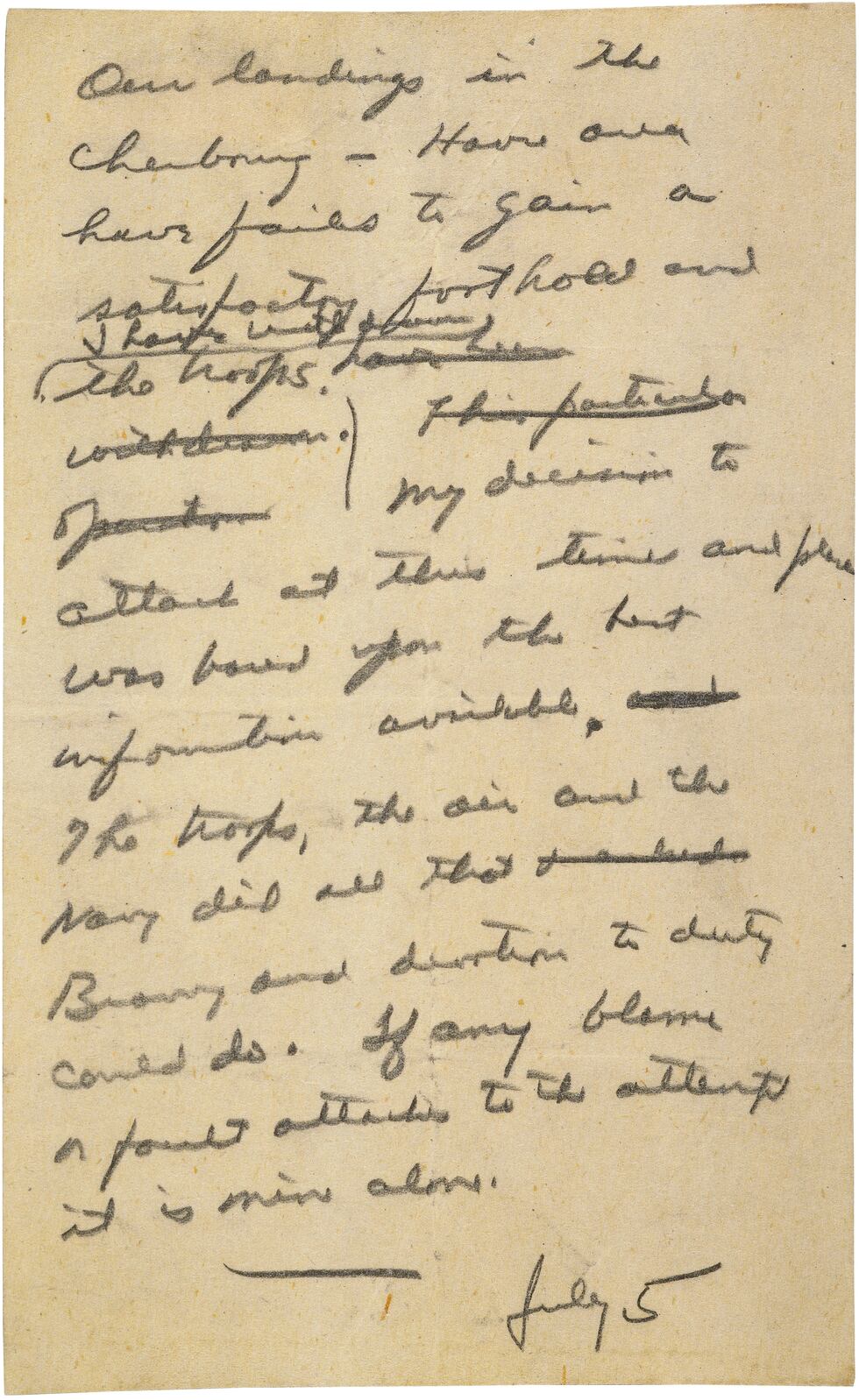
The invasion succeeded. Eisenhower and went on to become the first supreme commander of NATO, then the 34th President of the United States. Eisenhower said frequently, he did none of it out of ambition, but out of civic duty.
“For him, that was the ultimate virtue, to be a good citizen, to be able to be somebody who contributes in a positive way to the world around him and his country,” said Ginther.
Eisenhower spoke numerous times about the civic pride of the small town where he was raised. His legacy now keeps that, and the town itself, thriving.
“We would not have the businesses we have. We would not have the tourism attractions we have. And quite frankly, our population wouldn’t hold steady like it has. This really has just been a gift that Eisenhower gave to his hometown,” said Roller Weeks.
A new tourist attraction and photo op is being added in June. The presidential campaign button featuring the phrase “I Like Ike” is iconic. A local artist has created a giant version that will go up in Little Ike Park in downtown Abilene.
Abilene is about three hours west of Kansas City. The Dwight D. Eisenhower Presidential Library, Museum & Boyhood Home is open Tuesday through Sunday. Admission is free for active duty military.
Copyright 2024 KCTV. All rights reserved.
